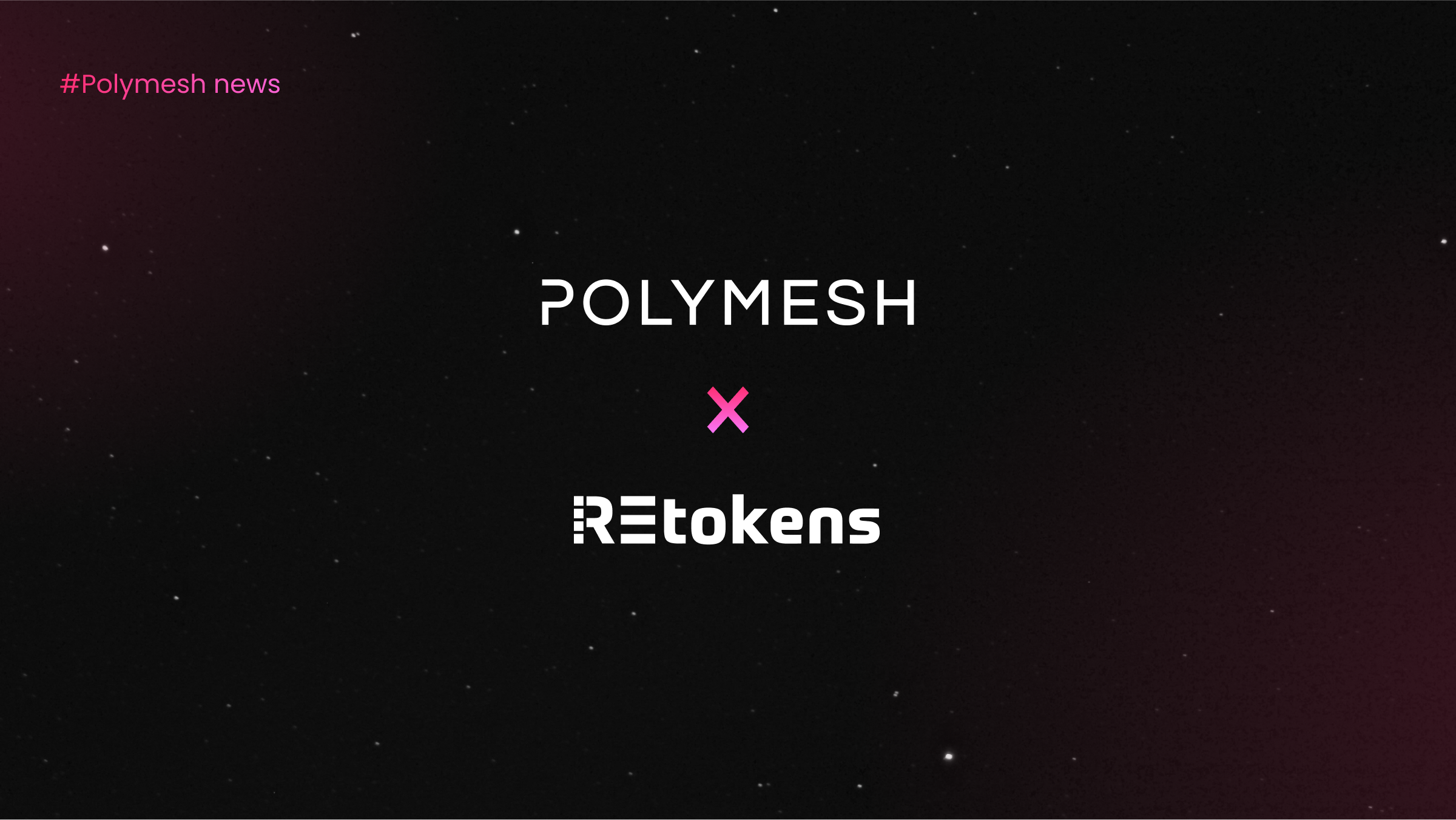RWAs and their role in bridging DeFi and TradFi
The financial world is experiencing incredible change as real world assets, or RWAs, create a crucial bridge between decentralized finance (DeFi) and traditional finance (TradFi). This integration is opening new possibilities for both sectors, enhancing liquidity and democratizing access to financial opportunities.
Understanding the bridge: RWAs in modern finance
Real world assets represent tangible value that can be tokenized and integrated into blockchain ecosystems. Through tokenization, traditional RWAs like real estate, commodities, and securities are represented digitally, enabling their participation in DeFi protocols while maintaining their connection to TradFi markets.
The advantages of RWA integration
The introduction of real world assets into DeFi platforms creates new opportunities for enhanced liquidity. Investors can now trade assets 24/7, participate in fractional ownership, and access global markets with reduced barriers to entry. This approach dramatically expands investment opportunities by allowing smaller investors to engage with previously unreachable high-value assets.
Blockchains such as Polymesh significantly improve the efficiency of asset management through automation and increased transparency. Participants can leverage smart contracts, or in the case of Polymesh, mere native functionality to automate compliance and streamline settlement processes, reducing administrative overhead and boosting security. As a result, financial transactions can be executed more quickly, accurately, and with significantly lower transaction costs than in traditional finance.
Navigating implementation challenges
Tokenization, which integrates real world assets into blockchain ecosystems, requires complex technical infrastructure. Financial institutions must carefully consider the blockchain’s reliability, develop robust oracle systems and ensure technical security, especially if using third-party smart contracts. These technical challenges demand a comprehensive approach that balances innovation with risk management.
Regulatory compliance remains a critical consideration in RWA tokenization. Organizations must navigate complex regulations, particularly for RWAs that are classified as financial securities, as well as implement rigorous KYC and AML procedures, ensure investor protection, and satisfy different jurisdictional requirements. This intricate landscape requires a nuanced understanding of both traditional financial regulations and emerging blockchain governance frameworks.
Real world applications in TradFi and DeFi
Asset-backed lending is one particularly promising application of RWAs in DeFi. By tokenizing traditional assets, financial institutions can create innovative lending products that offer more flexible collateralization options. Investors can leverage their existing assets in new ways, accessing liquidity without traditional lending constraints while maintaining exposure to their underlying investments.
For DeFi platforms, RWAs represent the opportunity to expand beyond purely crypto-native financial products. Tokenized assets in DeFi protocols can offer more stable, diversified investment options that are less vulnerable to crypto market volatility. These RWAs provide DeFi platforms with reliable collateral, enable more sophisticated lending mechanisms, and create bridges to traditional financial markets. Real world assets can also facilitate financial instruments like real estate-backed loans, commodity-linked derivatives, and tokenized investment funds that were feasible for most investors in neither traditional finance nor a purely digital ecosystem.
Market impact and future potential
The current market demonstrates growing institutional interest in RWA tokenization. Major financial institutions are exploring blockchain-based investment vehicles, recognizing the potential for enhanced efficiency and new revenue streams. As technological infrastructure improves and regulatory frameworks become more defined, we can anticipate accelerated adoption of RWAs.
For financial institutions looking to stay competitive in this evolving market, understanding and leveraging RWAs in both DeFi and TradFi contexts is crucial. Polymesh stands at the forefront of this change toward a more inclusive and efficient financial future, providing the specialized infrastructure needed to tokenize real world assets securely and compliantly.
The tokenization of RWAs is galvanizing new opportunities for investment yield in DeFi while unlocking liquidity in traditionally illiquid asset classes.


.svg)













































